NOTE : I have given this post a twist by writing about the excellent culinary skills of the Iyers when it comes to adaptation of cuisine to their convenience!All words are meant in a light way and nowhere in the post have I mentioned anything in a degrading way!Everything is to be taken as a joke on the food fanatic,plump and jolly natured Iyer community!
The term “Vepilaikatti” brings a huge smile to the plump face of a Tam Brahm (short for Tamil Brahmin)!If you do not know about these chosen ones then let me introduce the clan!The person or more explicitly the blogger typing this post,belongs to this lineage!I unashamedly and unabashedly say that we represent a clan who loves to eat and hates to work in equal proportion!Famous for shirking work and looking for easy alternatives to earn money,and at the same time maintaining a strict eating disciplinary schedule is the hallmark of Tam Brahms (the Palakkad specimens popularly known as “Pattars”).However they are perfectionists in the area of cooking and they have moulded and adapted cuisine from both the States of Tamil Nadu and Kerala to such a perfect balance that critics have had their mouths shut only to open for a morsel of food cooked by these history sheeters!
The terminology explanation : Vep is another name for the Narthangai Tree,Elai is leaf and Katti – a hardened mass.So a hardened mass of goodness made from the leaves of the Narthangai Tree is Vepillakatti!
The Narthangai Tree
Baby Narthangai
This is normally made in the summers when the hot Indian Sun crisps up the Lime Leaves to an extent that within 5 – 6 hours of drying they resemble crackling and disintegrating paper but retaining all their aroma and flavour!And how does it taste?A little bit of Lemony bitter,curry leaf fresh,spicy,salt and taste balanced by the teeny amount of jaggery we add!
Salivating?Ok let us carry on!
There are many varieties of Lemon available in the world and South India grows the famous Narthangai variety which is a huge sized Lemon,not very bitter but packed with juice and perfect for pickling.The Lemons grow to the size of Cantaloupes and are plucked when they turn a beautiful Yellow.
The Iyers make a pickle called Erumachangai from these Lemons which is perfect with their one eternally favourite lunch option – Yogurt mixed with plain steamed rice (very lovingly called”curd rice”).But they also experimented with the leaves of the plant and came up with this absolutely delicious and multi dimensional wonder called Vepillakatti!It is made as a coarse powder and then rolled into balls resembling Laddus (please do not be tempted to eat one whole as your tummy is going to revenge in the worst possible way ever)!
During lunch time,small bits are broken off from these “laddus” and served to everyone with the much loved curd rice!The pickle tastes out of this world and so there is a mad scramble for another generous helping of curd rice and a small serving of this spice mix.Then the “Pattar” is ready for his/her mandatory afternoon nap after which they will think again for the next meal of the day!And the life goes on..!
So how do we make the spice mix and what goes into it?Before I type them,I wish to share some other uses for this lovely powder apart from being used as a curd rice accompaniment!
- As a sprinkle on buttered bread!
- Sprinkling on Pizza (the “namma culture” effect)!
- Mixed with Ghee or Sesame Oil and had with Idli,Dosa and Adai!
- Sprinkled on Kai Murukku (my weakness)
- Added on top of Chow Mein (my friend’s invention – tastes awesome)
- Had with other South Indian recipes like Upma,Uthappam or Sevai!
Sky is the limit!
So there are 4 main ingredients :
Narthangai Lime Leaves
Curry Leaves
Spices
Sesame Oil
So thats all folks!One thing more, that if you have any variety of Lemon Tree at home or nearby or can source the leaves,you can use them however the Narthangai is THE tree for the leaves.Some people use Kaffir Lime leaves (Thai Lemon) but its all upto you!Follow the recipe to get perfect results!
Preparation Time : 30 minutes
Drying Time : 5 – 6 hours
Makes : 12 – 13 Vepillakatti
INGREDIENTS
The main ingredients :
6 cups (200 gms) freshly picked Narthangai (any kind of Lemon) leaves
2 cups (20 gms) freshly picked Curry Leaves
1/2 cup Tamarind
1 tbsp powdered Jaggery/brown sugar (optional)
4 tbsp Sesame Oil
The spices :
1/2 cup (10 gms) dried red chillies
1 tbsp Asafoetida Powder (heeng)
1/2 tbsp Carom Seeds (Ajwain)
1 tbsp salt (or to taste)
METHOD
Prepare the leaves :
Carefully pluck the Lemon leaves ensuring you do not prick yourself with the big thorns in between the leaves.Tear away the middle thick primary vein and put the torn leaf pieces in a colander.
Mix the curry leaves with the lemon leaves and wash thoroughly ensuring that there is not a trace of dust on the leaves.
Spread them on a large plate or newspaper and put them in the hot Sun to dry for 5 – 6 hours.If it is summer then by the end of day they would be crisp,wilted and perfect for the pickle!
Drying the leaves
Make the spice powder :
Heat 1 tbsp Sesame Oil in a pan on medium heat and add the dried red chillies,.When they start crisping up and turning a share darker,add the Asafoetida powder and mix well.Add the Carom Seeds and mix again.Keep aside to cool to room temperature.
Preparing the spice powder
Grind to a powder.
The powder…
Make the Vepillakatti :
Powder the crisped up lemon and curry leaves coarsely.
Add Tamarind and pulse the grinder to amalgamate the Tamarind with the leaves.
The Tamarind thoroughly incorporated with the dried leaves…
Add the prepared spice powder,jaggery powder and salt and pulse again till finely combined.
Transfer to a plate and drizzle the leftover sesame oil.Roll into balls and allow to firm up on a plate for 2 – 3 hours.
Freshly rolled Vepillakatti
Keep the Vepillakatti in an airtight container!Use as required!
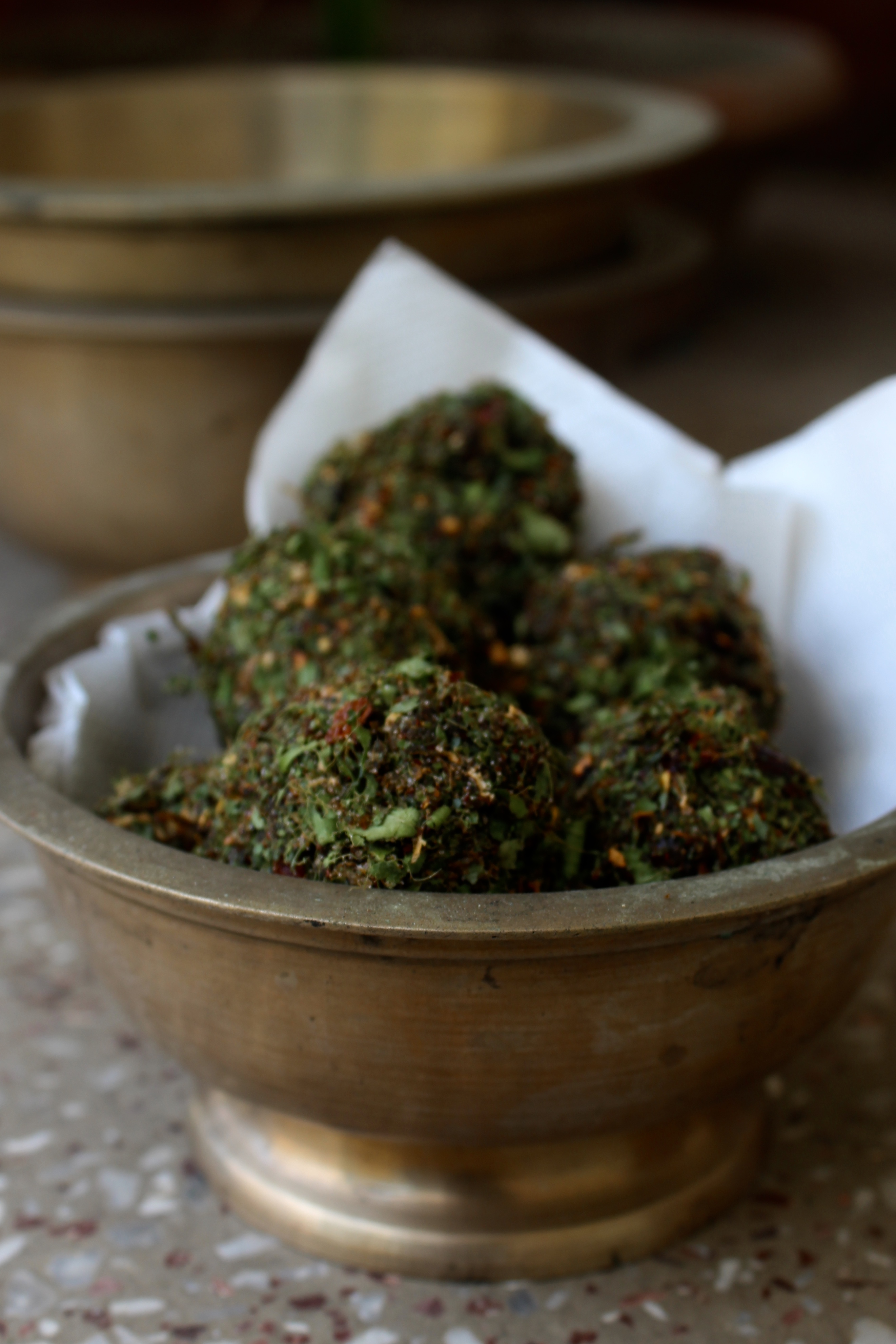
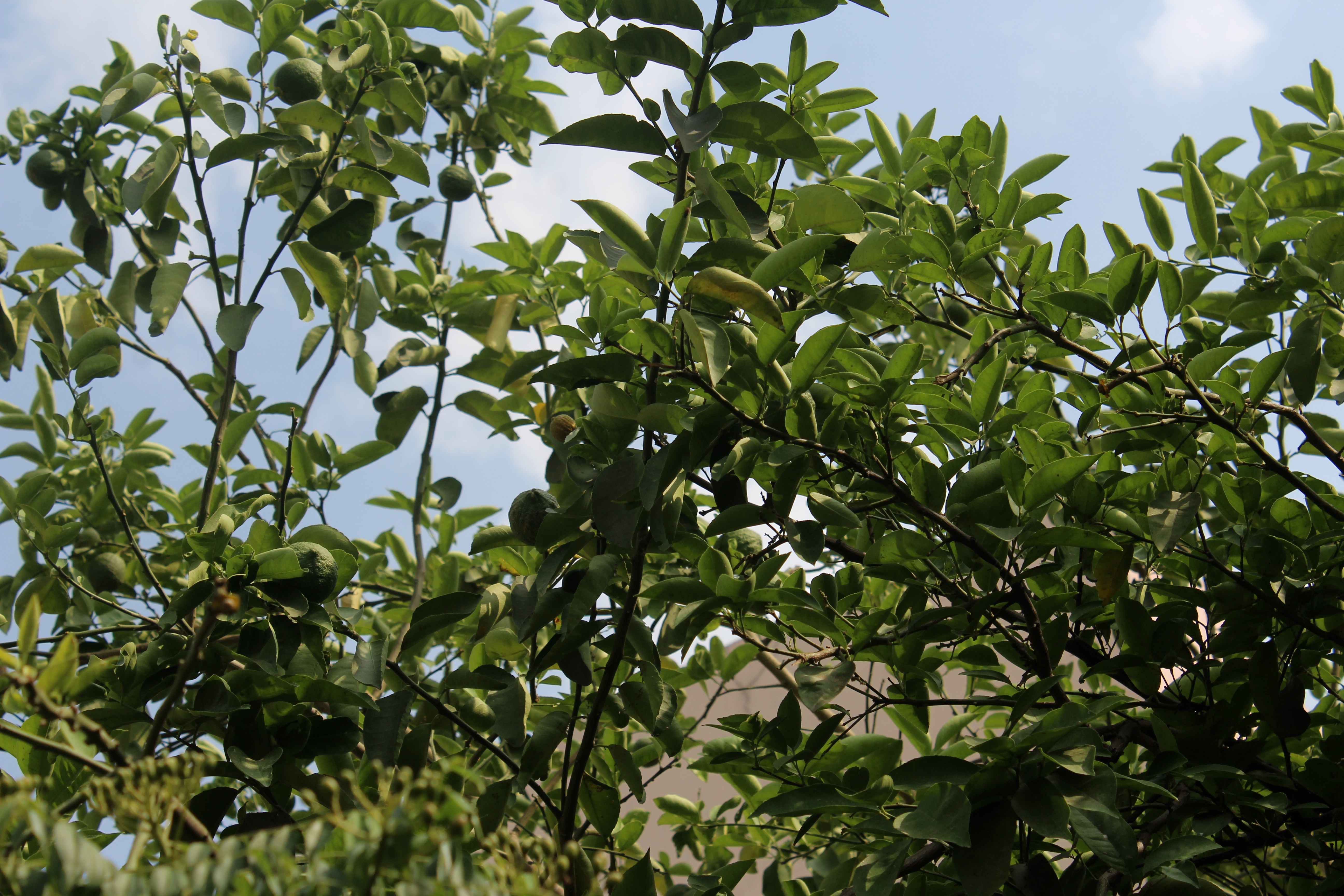
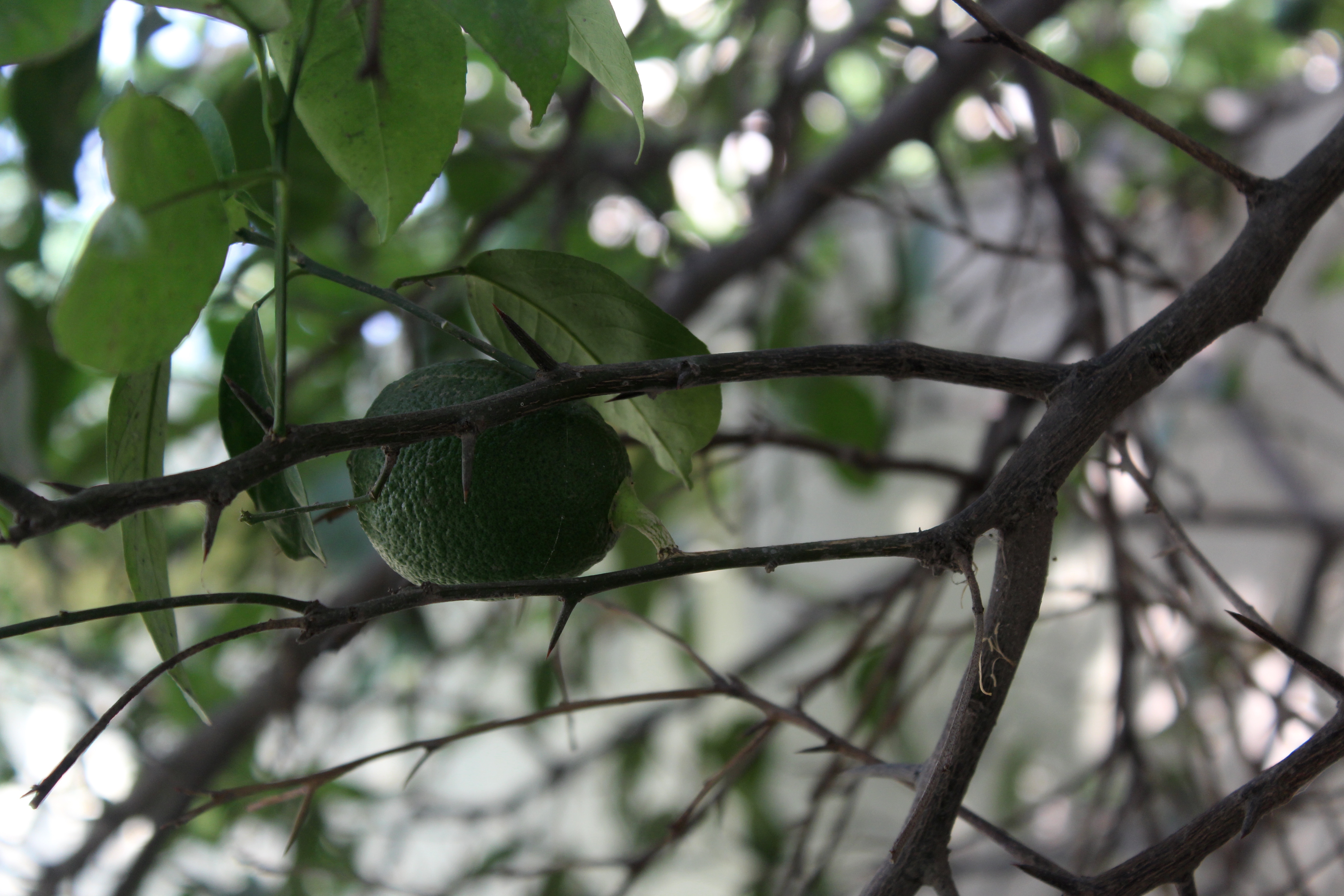
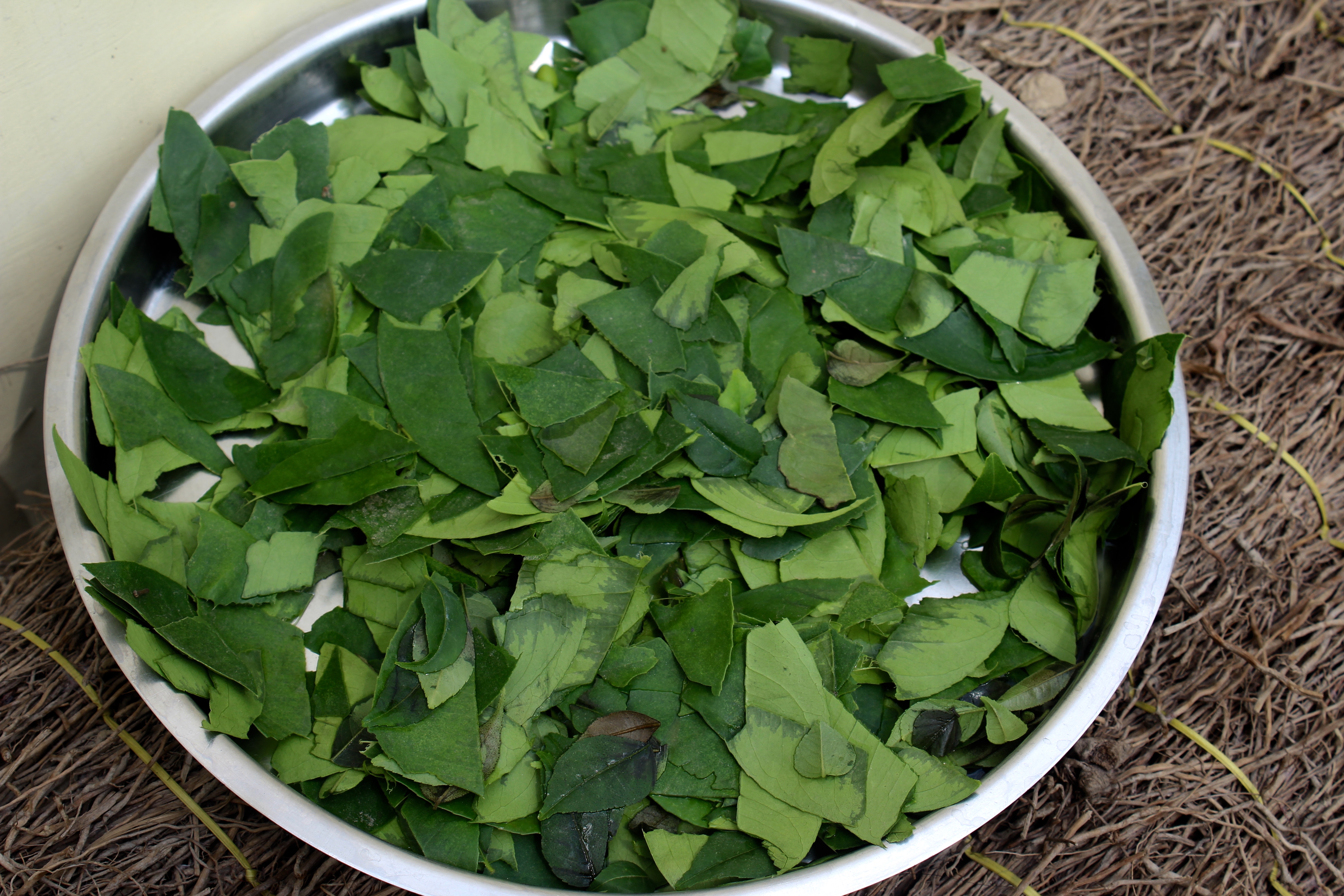
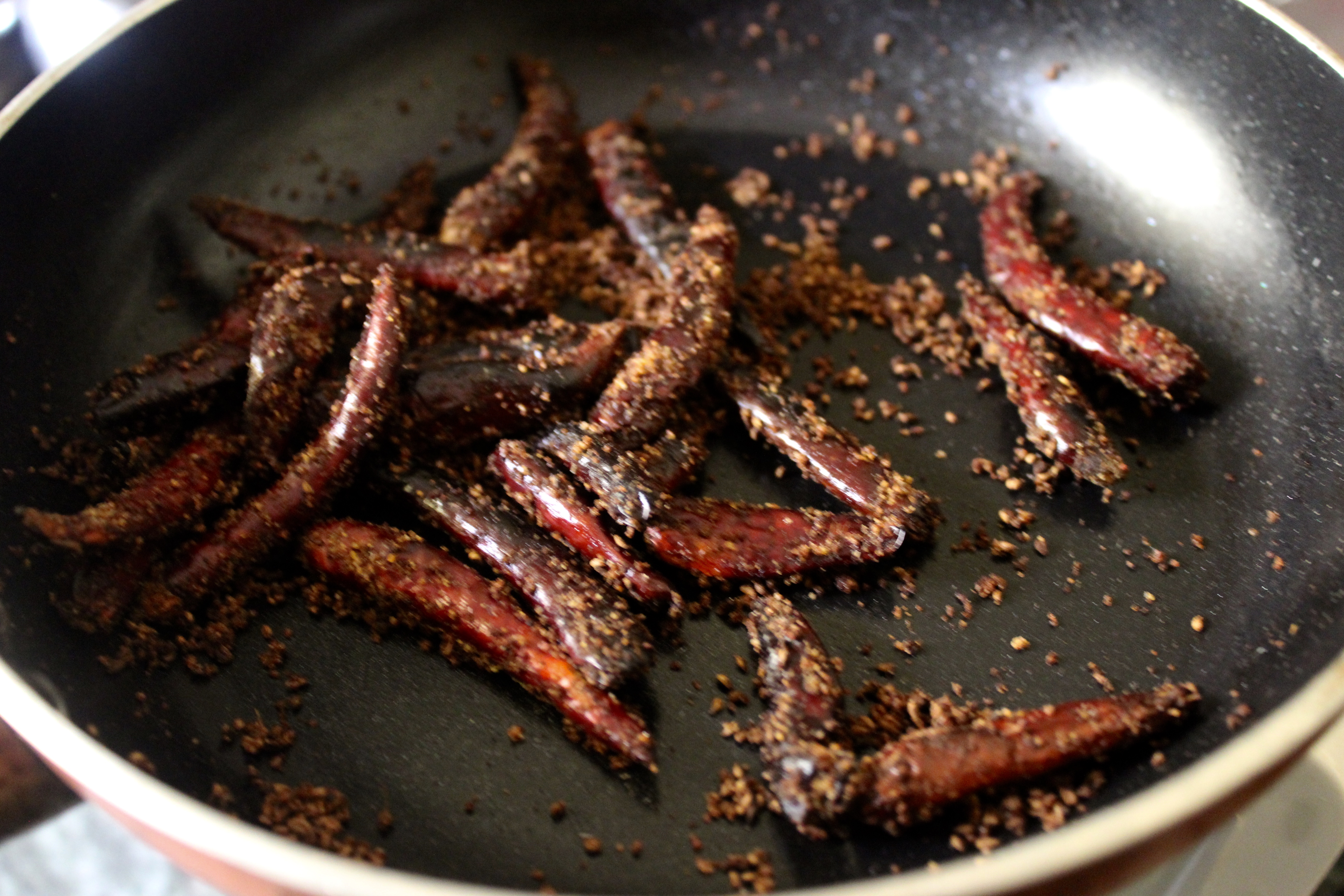

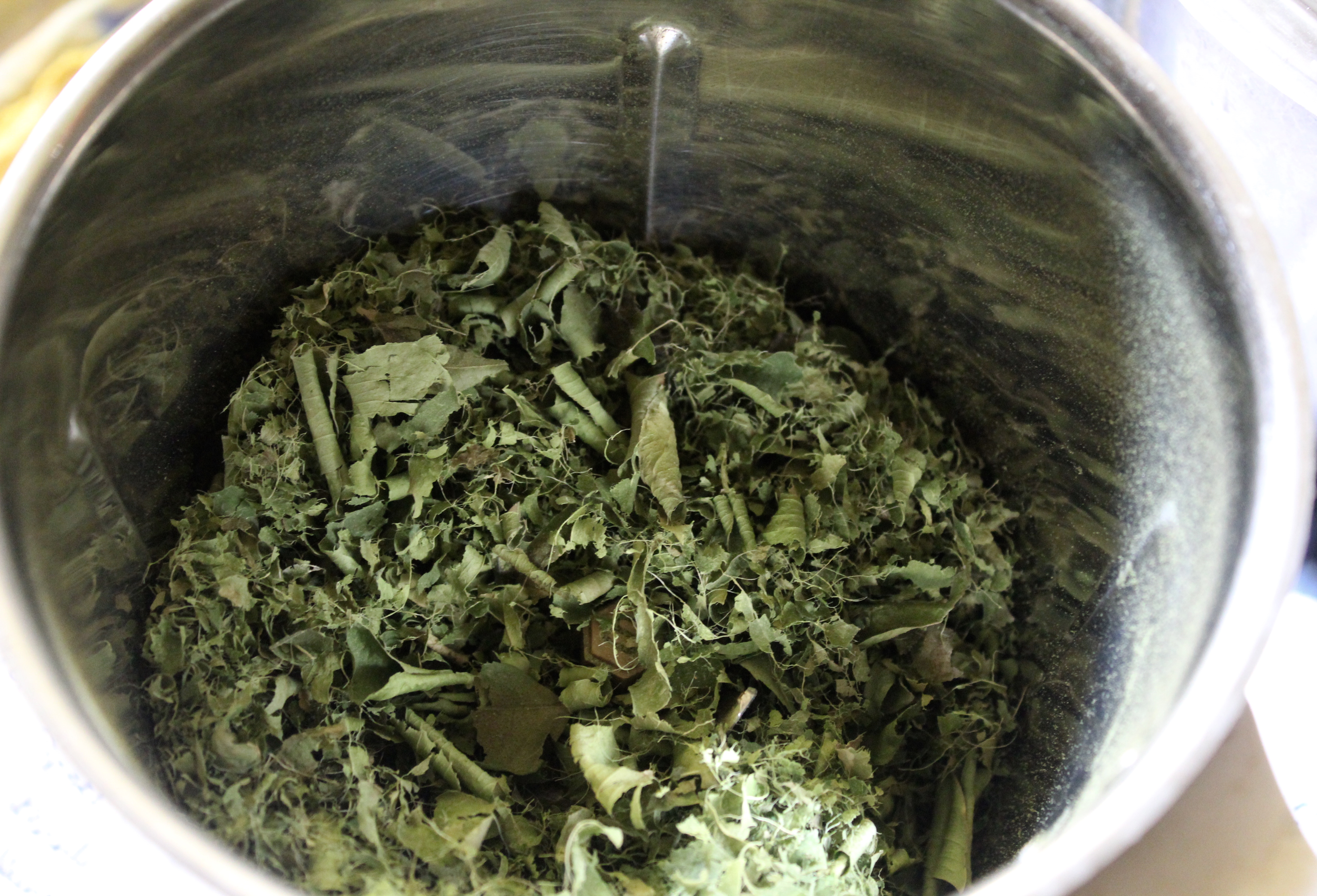





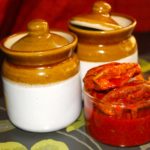
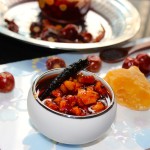
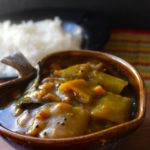
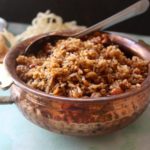
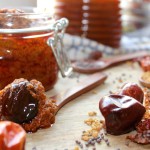
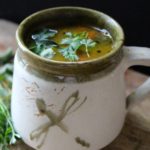

















Love the fact that they looks so fresh and green. Can smell the freshness right away. A perfect accompaniment to curd rice and best way to digest food. PS – Plump Tam Brahms, yes I am proud to be one .. hahaha.
Its an honour to be a Tam Brahm and twice blessed if you are plump..:)…
Haha.. Absolutely my dear.